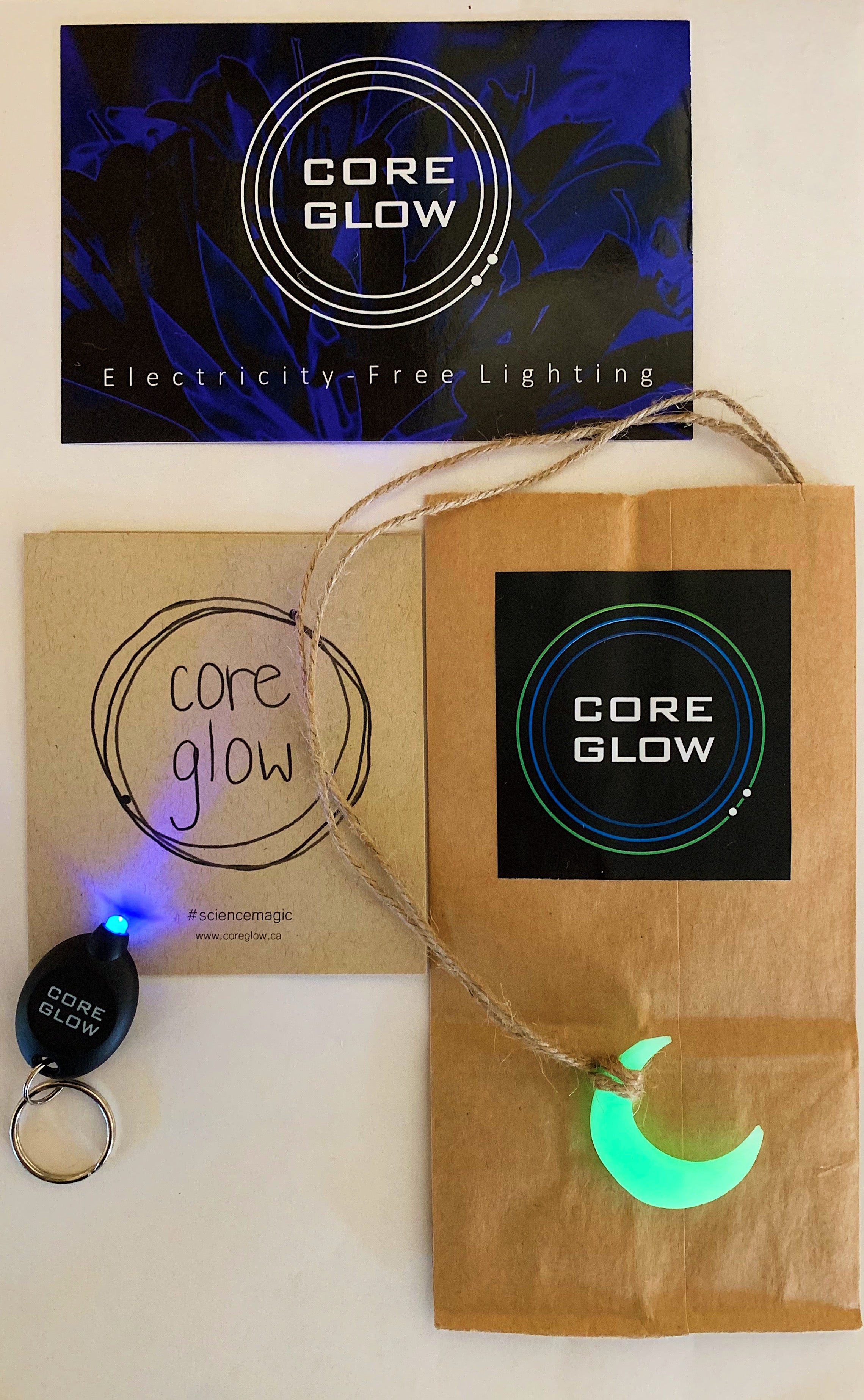
5 Ways To Reduce Light Pollution - Core Glow with the International Dark-Sky Association

My mother used to tell me that bad things happen after midnight. When I was a teenager I didn't listen, thinking this was just a parental ploy to set an earlier curfew. Now I know better.
For hours into the night, well past midnight, light pollution is spreading across the globe - lights are on everywhere, sucking up precious electricity, disturbing the circadian rhythms of macro and micro organisms, and blocking the view of our galactic neighbourhood. Very bad indeed!

Light pollution - beautiful and deadly.
Organizations such as the International Dark Sky Association (IDA) are taking up the cause; approving dark-sky friendly appliances, offering tips to reduce your light-impact, and working with policy-makers to improve light-pollution legislation.
Here is an interview with astronomer, Dean Regas, discussing the importance of protecting our night skies along with a brief introduction to the work of the IDA.
Here are five ways you can reduce light pollution and help preserve Dark Skies in your area of the world.
1. Use Core Glow stones for all your Outdoor Night Lighting:
Core Glow stones only emit 5-7 candelas of light, and do not 'cast' light as electric lights do. The ambient glow from Core Glow stones is not a source of light pollution, and does not contribute to bright skies at night. Use Core Glow stones to line pathways, steps, and more outdoors instead of bright electric lights. Even better - Core Glow stones do not break and do not require technical expertise to use. Reduce your resource and light pollution impact by choosing Core Glow.
In fact, Core Glow stones can be used as light pollution indicators. If you are able to see the glow at night, that means you are in an area with low light pollution (lucky you!). If the glow is faint or not visible, that means you are in an area where light pollution is high. Use your Core Glow stones to test your home, yard, and neighbourhood for light pollution hot spots, as well as to find the best Dark Sky spots.
2. Only purchase IDA Approved light fixtures:
The International Dark Sky Association certifies dark sky friendly light-fixtures that meet their rigorous guidelines. Look for this symbol when you are purchasing new lights:

The Fixture Seal of Approval provides objective, third-party certification for luminaires that minimize glare, reduce light trespass, and don’t pollute the night sky. You can also help by using energy saving features such as timers, motion sensors, and dimmers; ensuring your light fixtures are shielded so light shines down, not up; and installing lights only when and where they are needed.
From IDA Light Pollution Brochure
3. Talk to your local representatives and support Dark Sky initiatives:
From the IDA website: in 2011 IDA and the Illuminating Engineering Society of North America approved the Model Lighting Ordinance, an outdoor lighting template designed to help municipalities develop outdoor lighting standards that reduce glare, light trespass, and skyglow. Follow the tips on the IDA page to set up policy in your own community, or to support policy that is already in place.
4. Set an example - Turn your lights off!
Join Core Glow in the easiest way to help reduce light pollution - turn your lights off! Not only does this help reduce light pollution, it also reduces your energy bill and carbon emissions, as well as revealing the beauty of our world in darkness.

During power outages in cities the beautiful night sky can be seen just as it would be out in nature. Light pollution is an easy fix compared to persistent pollutants! Help darken your little part of the sky by turning off your indoor and outdoor lights in the evening, and using IDA approved lighting or Core Glow stones if nighttime illumination is needed.

Before and during the 2003 Northeast blackout, a massive power outage that affected 55 million people. Photo by of Todd Carlson, from IDA website.
5. Tell your friends, family, and neighbours about light pollution:
The best way to start helping is to spread the word about light pollution is to start talking about it. Do some of your own research, and visit a Dark Sky approved site close to you to see the difference light pollution makes. The best place to start is by watching 'Losing the Dark' a quick introduction into the subject (video below). A great resource is the IDA website resource page: the most up to date research database on the effects of 'Artificial Light at Night'.
Let us know what you think in the comments. Tag us on Instagram @core.glow or with the hashtag #turnyourlightsoff #coreglow for a chance to win up to 20% off your next Core Glow purchase.

Entering the Interdimensional Portal, photo by Vanessa Anabella @vanessa_annabella_
*Article feature photo: The Milky Way sets over Newport State Park in Wisconsin, U.S. Photo by Denny Moutray. The Newport State Park is an IDA Approved Dark Sky Park.


